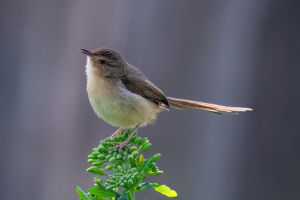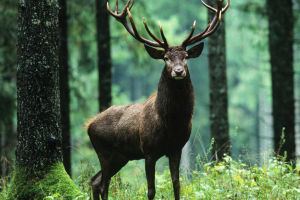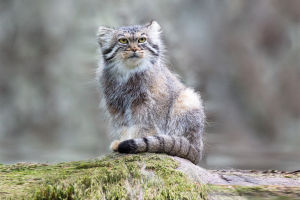We all know the lion as the king of the jungle, a majestic creature that reigns over the African savannah.
But did you know that this iconic animal is facing a serious threat to its survival? In this article, we’ll explore the life of the lion, its habitat, its unique features, and the urgent conservation efforts needed to protect it.
Habitat and Distribution
Lions are found primarily in Africa, where they roam the savannahs, grasslands, and open woodlands. A small population of Asiatic lions also survives in the Gir Forest of India. Historically, lions once roamed vast areas, from Europe and the Middle East to India. However, due to habitat destruction and hunting, their range has drastically reduced. Today, wild lions are found mainly in sub-Saharan Africa, with a small and isolated population in India.
Lions prefer a variety of habitats, including grasslands, semi-deserts, and sparse woodlands. They thrive in regions where they can find large prey, such as antelope, zebra, and buffalo. The savannahs provide them with ample space to hunt and establish territories. Unfortunately, the expansion of human settlements and agriculture has led to a significant loss of their natural habitat.
Physical Characteristics
Lions are the largest cats in Africa and are known for their muscular build and impressive size. Male lions are particularly distinct due to their thick mane, which makes them easily recognizable. The mane’s color varies from light blonde to deep brown or black, depending on the lion’s age, health, and genetics. Adult males typically weigh between 160 and 200 kilograms, with the largest individuals reaching up to 270 kilograms in the wild.
Females, or lionesses, are smaller and more agile than their male counterparts. They usually weigh between 110 and 150 kilograms. Despite the size difference, lionesses are the primary hunters in the pride, working together to stalk and take down prey. Their teamwork and strategic hunting methods are what allow lions to survive and thrive in the wild.
Social Structure
One of the most fascinating aspects of lion behavior is their social structure. Unlike other big cats that are solitary hunters, lions live in groups called prides. A pride typically consists of several females, their cubs, and a few males. The lionesses are responsible for hunting and raising the cubs, while the males protect the pride from external threats and rival lions.
Lions cooperate in hunting, using teamwork to catch larger prey that would be too difficult for a single lion to capture alone. This cooperative behavior is one of the reasons lions are so successful in the wild. However, the stability of the pride can be threatened by external factors, such as the loss of prey or habitat.
Threats to Lion Populations
Lions face numerous threats in the wild. Habitat loss due to human encroachment is one of the most significant challenges. As forests and grasslands are cleared for farming and development, lions are forced into smaller, isolated areas where resources are limited. This fragmentation of their habitat also makes it harder for lions to find mates and maintain genetic diversity.
Another major threat to lions is poaching. For centuries, lions have been hunted for their fur, bones, and other body parts, which are sold on the black market. Trophy hunting, where lions are killed for sport, has also contributed to the decline in lion populations. In some areas, lions are killed by farmers and herders to protect livestock, further exacerbating the problem.
Conservation Efforts
Conservationists and wildlife organizations are working hard to protect lion populations and their habitats. Protected areas like national parks and reserves have been established to provide safe spaces for lions to live and hunt. These areas are patrolled by park rangers to prevent poaching and illegal hunting.
Efforts to reduce human-wildlife conflict are also underway. In regions where lions prey on livestock, communities are being encouraged to use protective measures, such as predator-proof enclosures for animals, to keep lions at bay. In addition, there are ongoing efforts to raise awareness about the importance of lions in maintaining the balance of the ecosystem.
The Future of Lions
The future of lions is uncertain. While conservation efforts have had some success in stabilizing populations in certain areas, lions remain vulnerable to the ongoing threats they face. Without continued conservation work, their numbers could continue to decline, and the iconic lion may disappear from the wild.
As we continue to explore the world around us, it’s essential that we recognize the importance of protecting lions and other wildlife. They play a crucial role in maintaining the health of ecosystems and the biodiversity of our planet. By supporting conservation initiatives and advocating for stronger protection measures, we can help ensure that future generations will continue to hear the roar of the lion in the wild.
We hope that through awareness and action, we can secure a future for these majestic animals. Let’s do our part in preserving the “King of the Jungle” for generations to come.
Lions 101 | Nat Geo Wild
video by Nat Geo Animals


